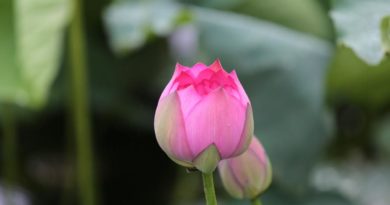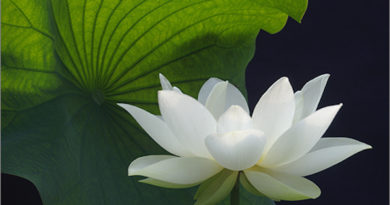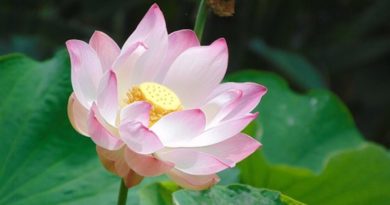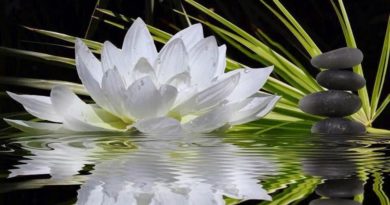FUNDAMENTALS OF VIPASSANA MEDITATION
A Word From The Translator
“The Fundamentals of Vipassana Meditation” is a series of lectures delivered by the Venerable Mahasi Sayadaw during the New Year Holidays of the Burmese Era 1320 (1959). The lectures first appeared in book form in 1961, and have ever since enjoyed such popularity with the readers that they have run to several editions. This is their first English translation.
As the reader will see in the following pages, the lectures were addressed to lay listeners – people to whom the subtle points of Vipassana practice were totally new. As such the Sayadaw took great pains to make his language plain, easy and direct to the point. He led his listeners stage by stage from such basic facets as differentiation between calm and insight meditations to such intricate aspects of the Dhamma as reality and concept, process of consciousness and thought moments, stages of progress in mind development and realisation of Nirvana. The listener – or, reader in our case – begins with the very first lesson: what insight is, how it is developed. He is then instructed how to begin his work, how to progress, how to be on his guard against pitfalls in the course of his training, and, most important of all, how to know when he “knows.” He is thrilled, encouraged and made to feel as if he were already on the path to bliss.
Buddhism is a practical religion, a creed to live by – not just another system of metaphysical philosophy as most outsiders are wont to imagine it to be. It examines the ills of this sentient life, discovers their cause, prescribes the removal of the cause, and points the Way to the release from all suffering. Any one desirous or liberation can walk along the Way, but he must make the effort to step and walk. No one will pick him up and offer him a free ride to Peace Eternal.
“You yourself must make the effort.
Buddhas only point the way.
Those who have entered the Path and who meditate
will be freed, from the fetter of illusion.”Dhammapada 276
What then is the way to liberation? The Buddha himself tells us in Satipatthana Sutta that there is but One Way – the Way of establishing of mindfulness. It is this establishing of mindfulness that serves as the corner stone of the whole system of insight meditation expounded and popularised by the Ven. Mahasi Sayadaw for half a century now.
Here one must not forget the fact that preaching Vipassana is quite unlike the preaching of any other aspect of the Buddhas teaching, say, its moral or metaphysical portions. These most scholars versed in the scriptures can do. But Vipassana is something which only experience can convince. The Buddha himself (or, more correctly the Bodhisatta) searched for the Way, found it, traversed it himself, and only then did he teach it to beings from his experience.
“Even so have I, monks, seen an ancient way, an ancient road followed by the wholly Awakened Ones of olden times … Along that have I gone, and the matters that I have come to know fully as I was going along it I have told to the monks, nuns, men and women lay followers …”
Sam. ii 105
The Ven. Mahasi Sayadaw, on his part, took up the Way pointed out to all of us by the Buddha, realised the Dhamma, and then spoke to his disciples from his experience. They, too, have realised the Dhamma. About this the Sayadaw says in his lectures (p. 75):
Here in the audience are lots of meditators who have come to this stage of knowledge. I am not speaking from my own experience alone. No, not even from the experience of forty or fifty disciples of mine. There are hundreds of them.
One attribute of the Buddhas Dhamma is that “it is a come and see thing” (ehipassiko). Millions came and saw it well over 2500 years ago. Today hundreds of thousands have come and seen it and hundreds of thousands more will follow them, as we can see in the meditation centres the world over. It only remains to the aspirant after liberation to awake and join the multitude in their march. This book sets out the plan of the Way that lies ahead of him. It is, as the noted scholar in the foreword to the Burmese edition remarks, not the kind of book one reads for readings sake. It is to be his guide as he ventures from one stage of higher wisdom to another.
In translating this book, I have tried to reproduce in English all that the Sayadaw has to say in his Burmese lectures. But I have not attempted a literal translation. Nor have I turned out an abridged, free version. I have avoided repetitions so characteristic of spoken language, and have left untranslated all the mnemonic verses that accompany the Sayadaws lectures. Excepting these I have kept the word of the Sayadaw intact and every effort has been made to retain his simple, straightforward and lucid style.
For translation of the Pali texts quoted by the Sayadaw in his work I have relied mostly on such noted scholars as Dr Rhys Davids, F. L. Woodward, I. B. Horner, Nyanatiloka, Nanamoli and Pe Maung Tin, with modifications here and there. I must record my indebtedness to them.
MTN
Rangoon, 3 March 1981
Preface
Today insight meditation needs no special introduction. Everybody is saying that it is good. The contrary was the case twenty years ago. People thought insight meditation was meant for monks and recluses and not for them. When we began preaching insight meditation we had had a hard time doing so. The situation has changed now. Today people keep asking us to lecture on insight. But when we begin telling them the simple facts of insight meditation, they seem unable to appreciate them. Some even rise and go away. One should not blame them. They have had no grounding in meditation to understand anything.
Some think calm is insight. Some talk of insight meditation as nothing different from calm meditation. The insight meditation as preached by some people, though high sounding in language, proves just impossible in practice. Their listeners are left in confusion. For the benefit of such people we will talk about the elements of insight meditation.







